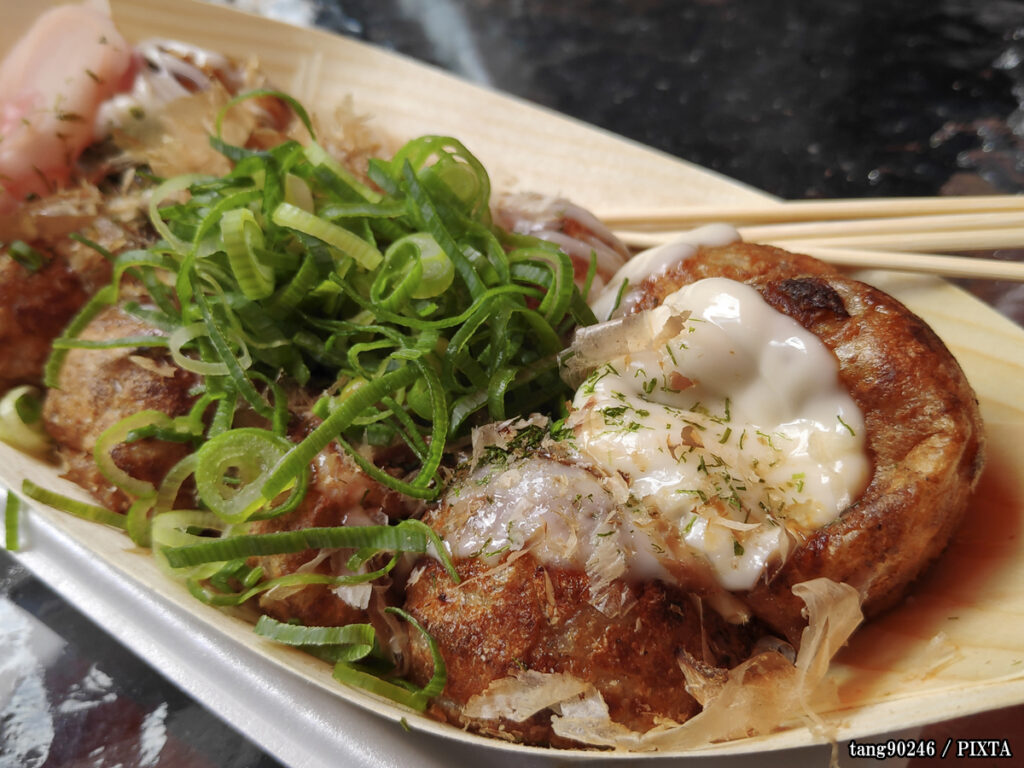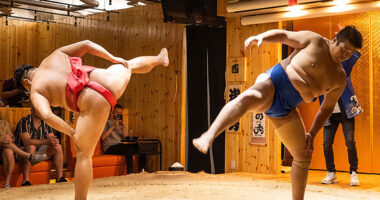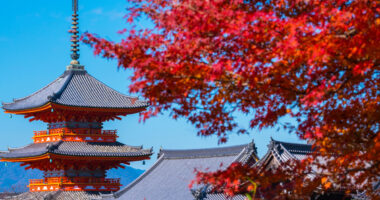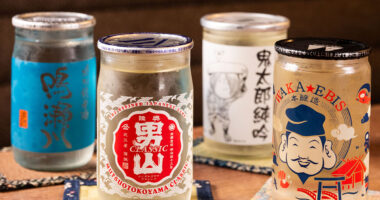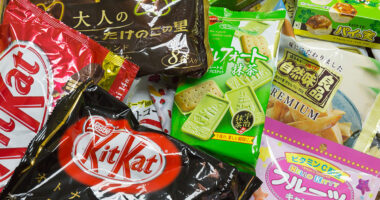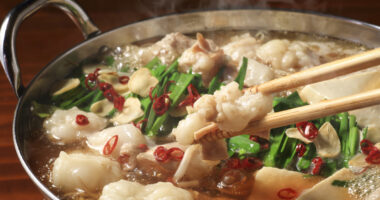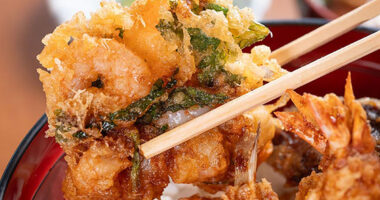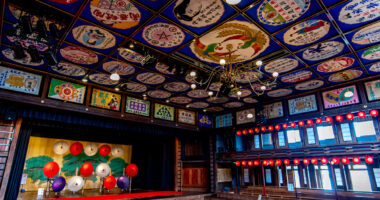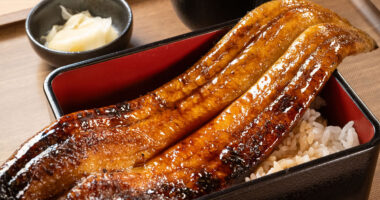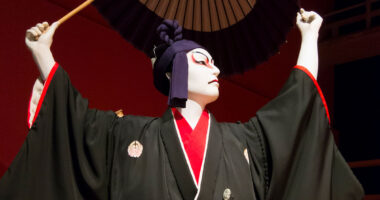Shinsaibashi-suji is one of Osaka’s most famous shopping streets—but beyond the brand names and fashion, it’s a hidden goldmine for Japanese street food. For visitors new to Japan, this long covered arcade and its side alleys provide easy access to affordable, authentic local dishes.
- A brief history of Shinsaibashi-suji
- What makes Shinsaibashi-suji great for food?
- Your flavor map through Shinsaibashi-suji
- Takoyaki - Osaka's famous octopus bites
- Okonomiyaki - Japan's savory pancake masterpiece
- Ramen - Japan's comfort food classic
- Sushi - a clean, balanced flavor experience
- Kushikatsu - crunchy skewers with a twist
- Japanese sweets - a gentle end to your street meal
- Udon - thick noodles, big comfort
- Japanese curry rice - the hearty favorite
- Dango - sweet skewered mochi balls
- Extra tips for international visitors
- Seasonal foods
- Final words: eat your way through Shinsaibashi-suji
A brief history of Shinsaibashi-suji
Spanning over 600 meters (1,969 feet), Shinsaibashi-suji stretches from Dōtonbori to Nagahori-dōri. It bustles with energy from early morning till late night. The place is a breathing symbol of Osaka’s merchant roots and local food culture.
The area has been a commercial hub since the Edo period (1603-1868). It originally began as a wooden bridge and canal crossing. Over the centuries, it evolved into a vital thoroughfare filled with traders, craftsmen, and food stalls. That spirit of trade and taste still lingers today.
As you wander through its lantern-lit alleys, the scent of sizzling takoyaki octopus dumplings and freshly made sweets floats through the air, drawing you from stall to stall. However, with so much variety, where do you start?
This guide breaks it all down by dish type so you don’t have to chase restaurant reviews. Whether you’re grabbing a snack between shopping sprees or seeking your first bite of true Osaka flavor, we’ve got you covered with local classics, cultural tips, helpful knowledge preparing you for finding the best stores in Shinsaibashi-suji, and practical advice to enjoy food like a local in Japan!
What makes Shinsaibashi-suji great for food?
- It’s centrally located and easily accessible via metro.
- It offers a high concentration of street food, quick meals, and grab-and-go snacks.
- There are countless options within walking distance—no reservations, dress codes, or language skills needed.
Now let’s dive into the dishes you should definitely try while wandering around Shinsaibashi-suji.
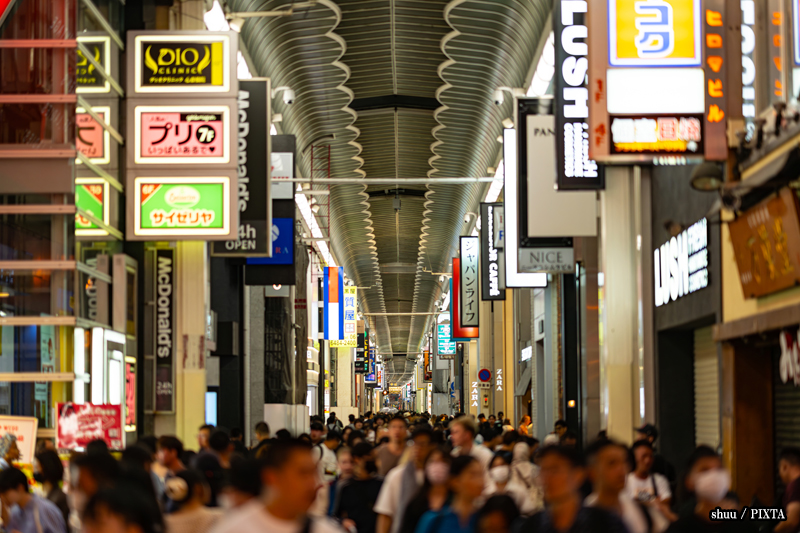
Photo for illustrative purposes
Your flavor map through Shinsaibashi-suji
Japanese cuisine is wonderfully diverse. Shinsaibashi-suji offers a little bit of everything. You’ll find options whether you’re in the mood for something hot off the grill, a comforting bowl of noodles, or a sweet treat to snack on.
Instead of navigating by restaurant, it’s easier—and more fun—to think in terms of food types. Below, we’ll walk you through the most popular local dishes you’re likely to find while exploring this energetic street and its hidden corners.
Takoyaki – Osaka’s famous octopus bites
Takoyaki is one of Osaka’s most iconic street foods and a must-try for any visitor. These golden, bite-sized balls are made from a wheat flour batter and filled with tender octopus pieces, chopped green onions, crunchy tenkasu (tempura crumbs), and pickled red ginger. Cooked in a special round griddle, the balls are carefully flipped with skewers until they’re perfectly crispy on the outside and soft, almost molten, on the inside.
How locals eat it:
Takoyaki is usually eaten fresh off the griddle while still piping hot. Most people enjoy it as a quick snack between shopping or sightseeing. You can eat it while standing beside the stall or at casual seating nearby. It’s often paired with a cold beverage, such as iced tea or soda.
Cultural tip:
Some stalls let you customize your toppings. Ask for negi (green onions) or katsuobushi (bonito flakes) if you want extra flavor.
Okonomiyaki – Japan’s savory pancake masterpiece
Often referred to as “Japanese pizza,” okonomiyaki is one of the most beloved dishes in the Kansai region. The name itself means “grilled as you like,” and that’s exactly what it is. It begins with a base of flour, shredded cabbage, eggs, and water, then gets personalized with ingredients like pork belly, squid, shrimp, or cheese. The mixture is cooked on a hot griddle into a thick, hearty pancake, then topped with tangy sauce, creamy mayo, aonori (dried seaweed powder), and katsuobushi that dance from the heat.
Dining experience:
Some places offer tables with built-in griddles so you can cook the pancake yourself. Locals often enjoy this DIY experience with friends or family. It’s social, hands-on, and incredibly satisfying.
Etiquette tip:
Don’t stress about technique. Locals are used to travelers giving it a try and appreciate the effort. Have fun and enjoy the sizzling process!
Ramen – Japan’s comfort food classic
Ramen is one of Japan’s most comforting and widely loved meals. It features thin or thick noodles in a flavorful broth, usually made from tonkotsu (pork bones), shōyu (soy sauce), miso, or even shio (salt). Many regions have their own spin on the iconic dish, but with the exception of a minor local variety called Takaida-kei featuring a dark salty broth, Osaka isn’t known for having a strong local character when it comes to its ramen. A wide variety is available. You’ll commonly find rich, hearty bowls with toppings like sliced braised pork known as chāshū (Japan’s version of char siu), soft-boiled eggs, menma (fermented and seasoned bamboo shoots), and nori (laver seaweed). Some shops even add spicy paste for extra kick.
How to enjoy:
It’s totally okay to slurp. In fact, slurping enhances the flavor and shows you’re enjoying your meal. Ramen is often eaten fast, especially in busy shops. Don’t worry about lingering too long—quick meals are part of the experience.
How to order:
Many ramen shops use vending-style machines. Just insert your cash, press a button (photos usually help), grab your ticket, and hand it to the staff.
Dietary tip:
Broths often include pork or chicken. Vegetarian ramen does exist but is still rare, so ask first if you have restrictions.
Sushi – a clean, balanced flavor experience
In Japan, sushi isn’t just a special-occasion meal—it’s a part of everyday life. In the Shinsaibashi-suji area, you’ll find everything from budget-friendly conveyor belt sushi to standing counters offering freshly made bites. The beauty of sushi lies in its simplicity: vinegared rice paired with fresh ingredients like fish, vegetables, or tofu.
Types to try:
- Nigiri – raw fish or other seafood over vinegared rice
- Maki – rolls wrapped in seaweed
- Inari – sweet tofu pockets stuffed with rice
- Temaki – cone-shaped hand rolls
Cultural notes:
- Dip nigiri fish-side down into soy sauce. Using too much soy can overwhelm the delicate flavor.
- Try to eat nigiri in one bite—cutting it makes it messy.
- When unsure how to proceed, watch locals or politely ask staff for guidance.
- Even basic sushi in Japan is high quality, so don’t hesitate to try affordable options. It’s a clean, simple, and deeply satisfying experience.
Kushikatsu – crunchy skewers with a twist
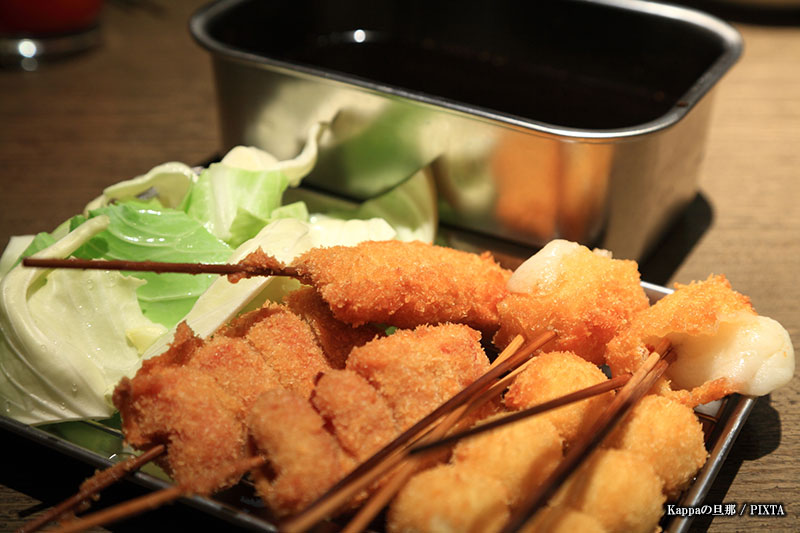
Photo for illustrative purposes
Kushikatsu is deep-fried happiness on a stick—and a local specialty you won’t want to miss. The name comes from kushi (skewer) and katsu (cutlet), but you’ll find much more than just meat. Skewers can include shrimp, mushrooms, cheese, pumpkin, mochi, and even ice cream. Each one is dipped in batter, coated in panko breadcrumbs, and fried to golden crispiness.
How to enjoy:
Each table or counter typically has a shared sauce container. The golden rule is: no double-dipping. Dip your skewer once before taking a bite. The fresh cabbage works as a crunchy side, a palate cleanser, or even a tool to add more sauce to your skewers without breaking the no-double-dipping rule.
Good to know:
At some kushikatsu shops, you can order a chef’s selection of skewers in which the ingredients may be a mystery until you bite into them. If you’re feeling brave, this can be a fun way to try this dish. Just enjoy the surprise! Also, with its casual vibe and mix-and-match style, kushikatsu is fun for both groups and solo travelers alike.
Japanese sweets – a gentle end to your street meal
Wagashi are traditional Japanese sweets that offer the perfect end to your food adventure. Unlike many Western desserts, wagashi are often less sugary and come in seasonal flavors and artistic shapes. Popular types include chewy mochi rice cake-based creations, dorayaki. (pancake with red bean paste), manjū (steamed buns, often with sweet filling), and yatsuhashi (wagashi made of mochi and often flavored with cinnamon), a Kyoto treat also found in Osaka.
Best enjoyed:
Wagashi pairs beautifully with green tea, especially in the afternoon. Many people enjoy them during cultural events like hanami (cherry blossom viewing), for example, during which you’ll find sakura-themed treats.
Etiquette tip:
Take your time when eating wagashi. The textures—whether chewy, powdery, or soft—are meant to be savored. Eating slowly also shows respect for the craftsmanship involved.
As gifts:
Beautifully packaged wagashi make perfect gifts. Some boxes even reflect the changing seasons or feature limited-edition local designs. Make sure you understand the expiration date before getting them as a gift to take on the plane, since some wagashi have short shelf lives.
Udon – thick noodles, big comfort
Udon is the perfect dish when you want something warm, filling, and easy to eat. These thick, chewy wheat noodles are served in a light broth or chilled with dipping sauce, depending on the season. Udon feels hearty without being heavy, and it’s incredibly versatile.
Popular styles:
- Kake udon (hot broth)
- Kitsune udon (topped with sweet fried tofu)
- Zaru udon (cold, served on bamboo mat)
Dining tip:
Udon bowls tend to be larger than ramen and have fewer toppings, making them a great choice when you’re hungry but want something simple. It’s also a quick lunch option for busy locals.
Cultural note:
Slurping is welcome, just like with ramen. Some shops offer standing counters, allowing for fast, casual eating. It is perfect if you’re short on time while exploring Shinsaibashi-suji.
Japanese curry rice – the hearty favorite
Japanese curry is often thicker and milder than Indian curry. It’s served over rice with pickles on the side. Standard toppings include katsu, croquettes, or even cheese.
When to try:
Curry rice is perfect on rainy or cold days. Its warmth and richness make it one of the most soothing meals you can have in Japan.
Ordering tip:
You can often customize your spice level and rice portion. If you’re not into spicy food, “medium” is a safe starting point. Some shops also offer combo plates with salad or soup included.
Dango – sweet skewered mochi balls
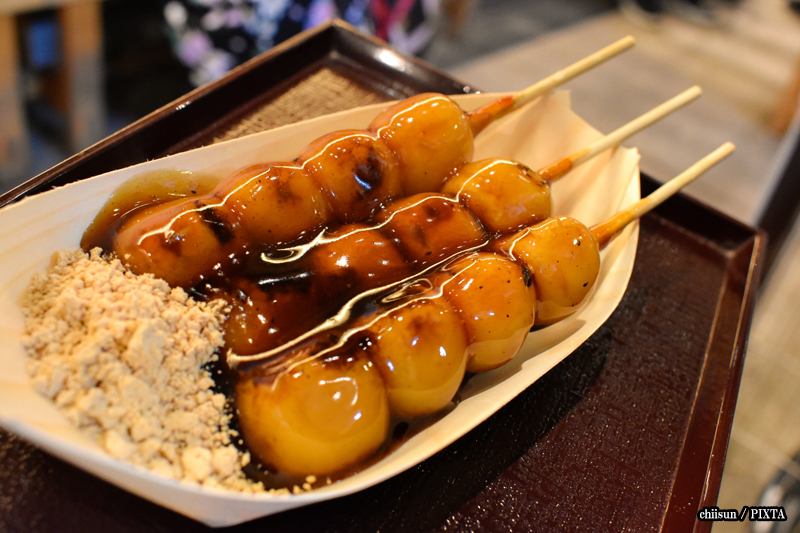
Photo for illustrative purposes
Dango is a skewered sweet made from rice flour. In Osaka, you’ll often see them served with a mitarashi (soy-sugar) glaze. You might also find some dusted with kinako (roasted soybean flour). They’re chewy, lightly sweet, and deeply satisfying.
Cultural context:
Dango is closely tied to seasonal festivals and tea ceremonies. It’s also a nostalgic snack for many locals, often enjoyed at street markets or during cultural events.
How to eat:
You can eat dango warm or chilled, depending on the season. Hold the skewer by the stick and take small bites from the top. The texture is perfect for when you want a light but indulgent dessert while wandering the streets in the Shinsaibashi-suji area.
Extra tips for international visitors
Here’s a roundup of helpful tips to keep your food journey smooth and enjoyable:
Pay attention to trash etiquette
Japan has few public trash bins. If you get takeout, hold on to the packaging until you find a trash station—often inside convenience stores or near restrooms.
Language barriers are no big deal
Menus often include photos, and some shops even provide English descriptions. Just point, smile, and say kore kudasai (“This one, please”).
Respect the atmosphere
Even casual eateries in Japan are calm. Keep conversation low and avoid talking loudly.
Tipping is not expected
In Japan, tipping is very uncommon at food and drink establishments. If you leave money behind, staff may chase you to return it.
Bring a hand towel or wet wipes
Many casual food stands don’t offer napkins. A small cloth comes in handy, especially when eating street food.
Seasonal foods
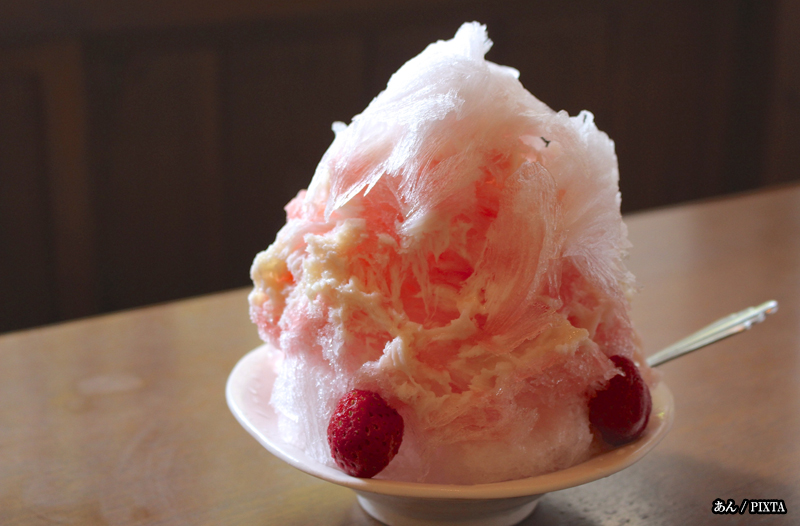
Photo for illustrative purposes
Shinsaibashi is lively year-round, but each season brings its special culinary delights:
- Spring (March-May): Sakura-themed sweets, hanami snacks
- Summer (June-August): Kakigōri (shaved ice), grilled street meats
- Autumn (September-November): Roasted sweet potatoes, chestnut desserts
- Winter (December-February): Oden (hotpot), warm mochi, steaming ramen
Final words: eat your way through Shinsaibashi-suji
While discovering the flavors, you might also wonder about the best stores in Shinsaibashi-suji or how to get to Shinsaibashi shopping street from your hotel. Don’t worry—signs are often in English, and locals are usually happy to help. And when hunger strikes, it’s easy to find where to eat in Shinsaibashi-suji, especially around the side alleys and near Dōtonbori.
So grab your chopsticks, loosen your belt, and eat with curiosity. Shinsaibashi-suji is your open kitchen—and every corner offers something unforgettable.
